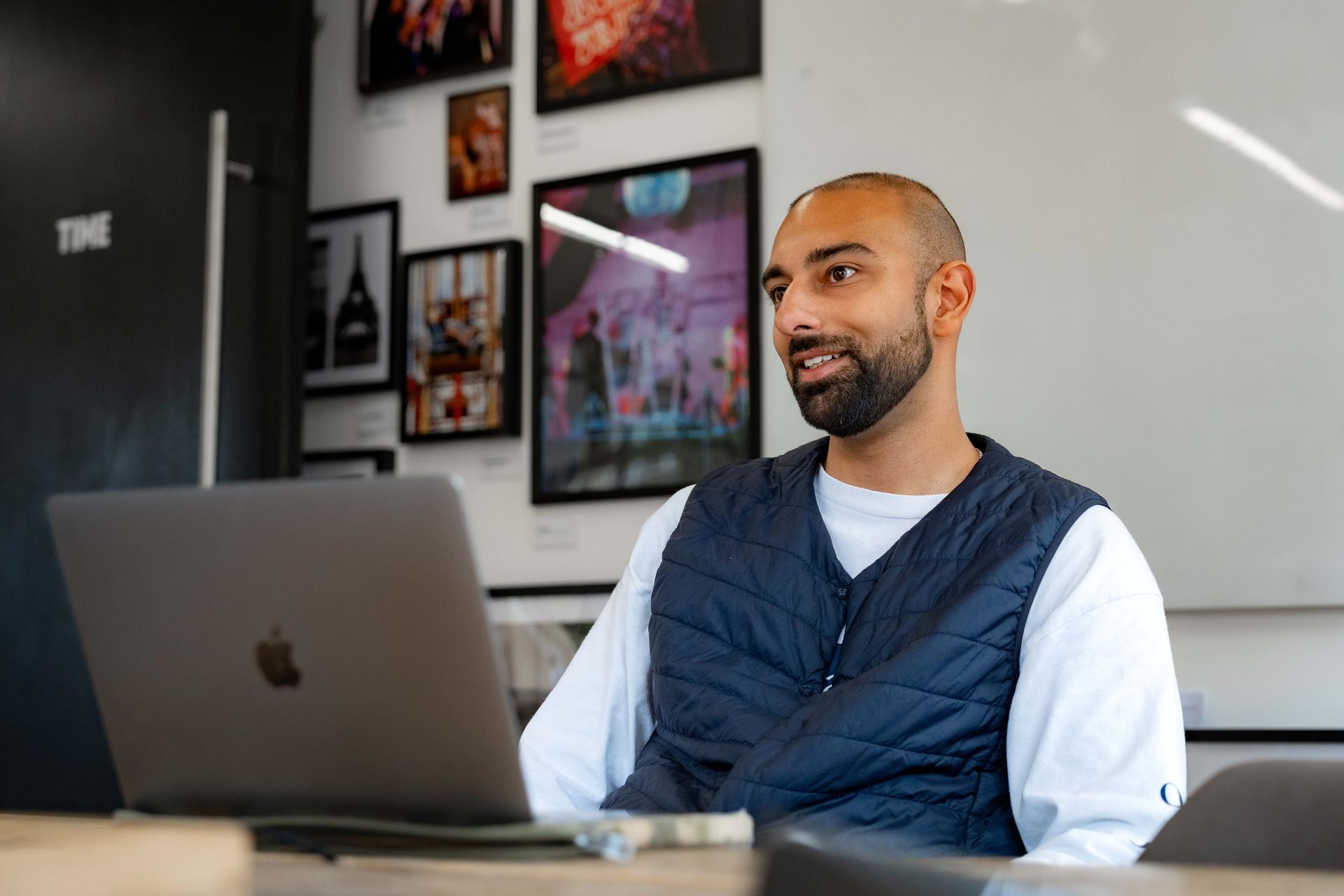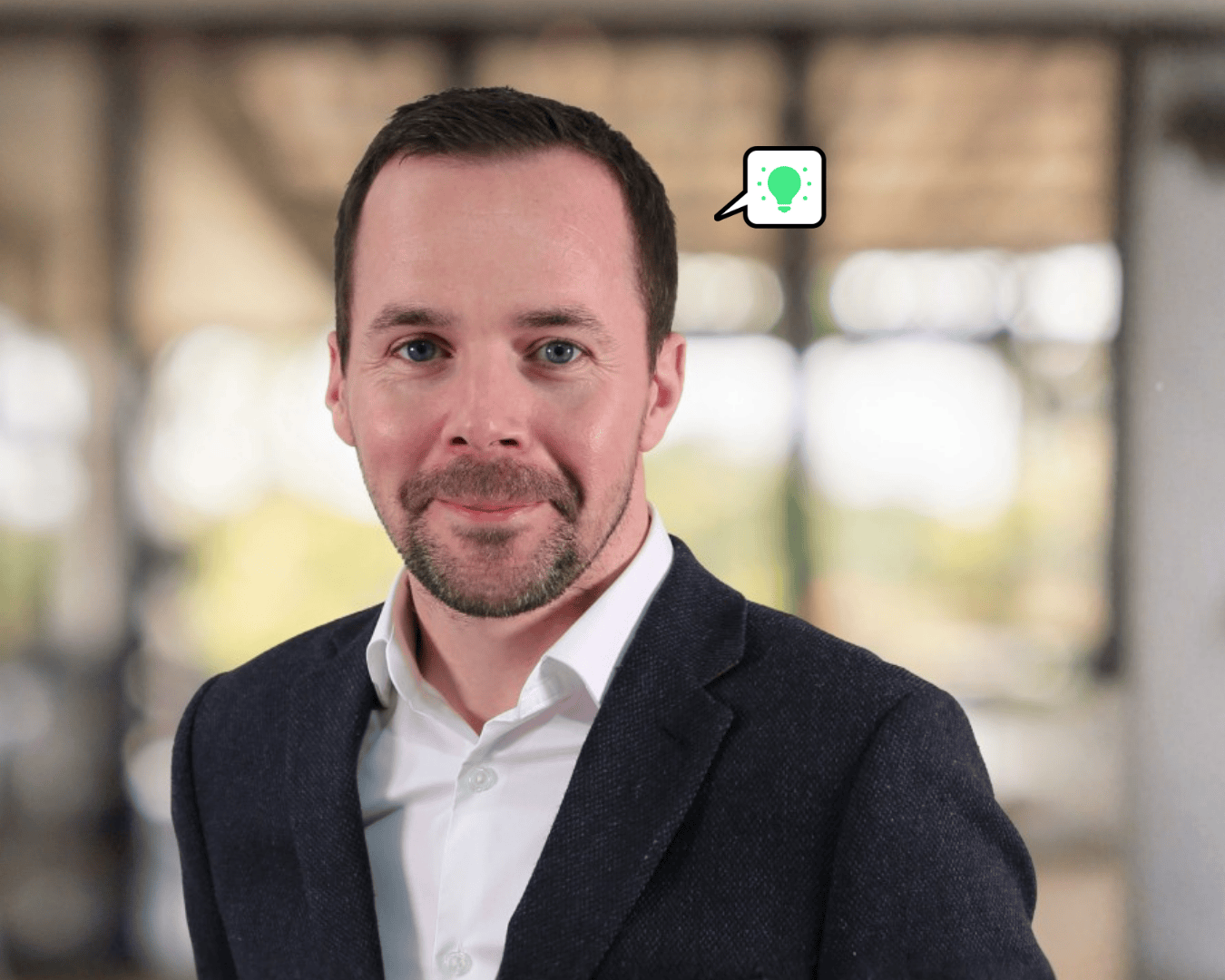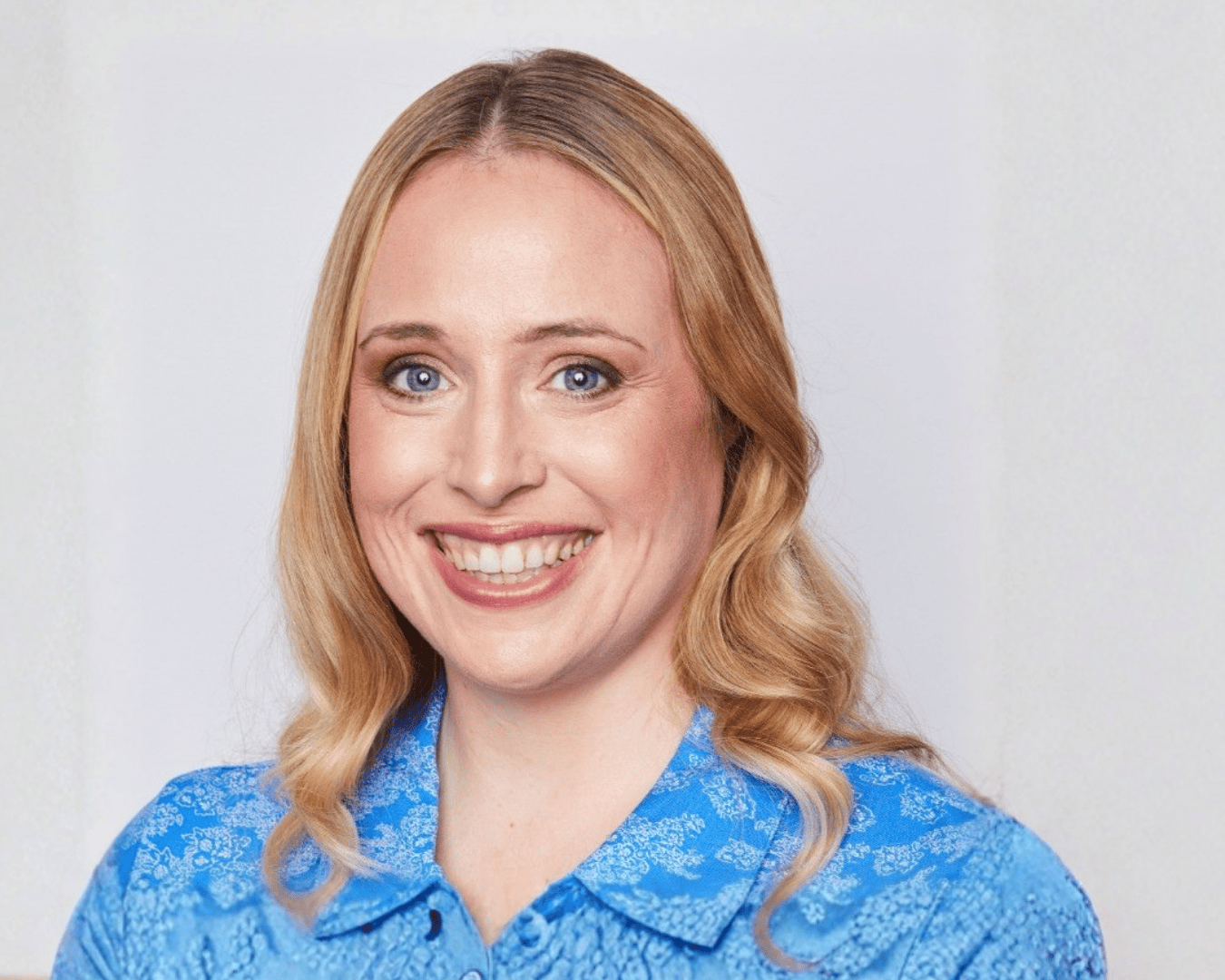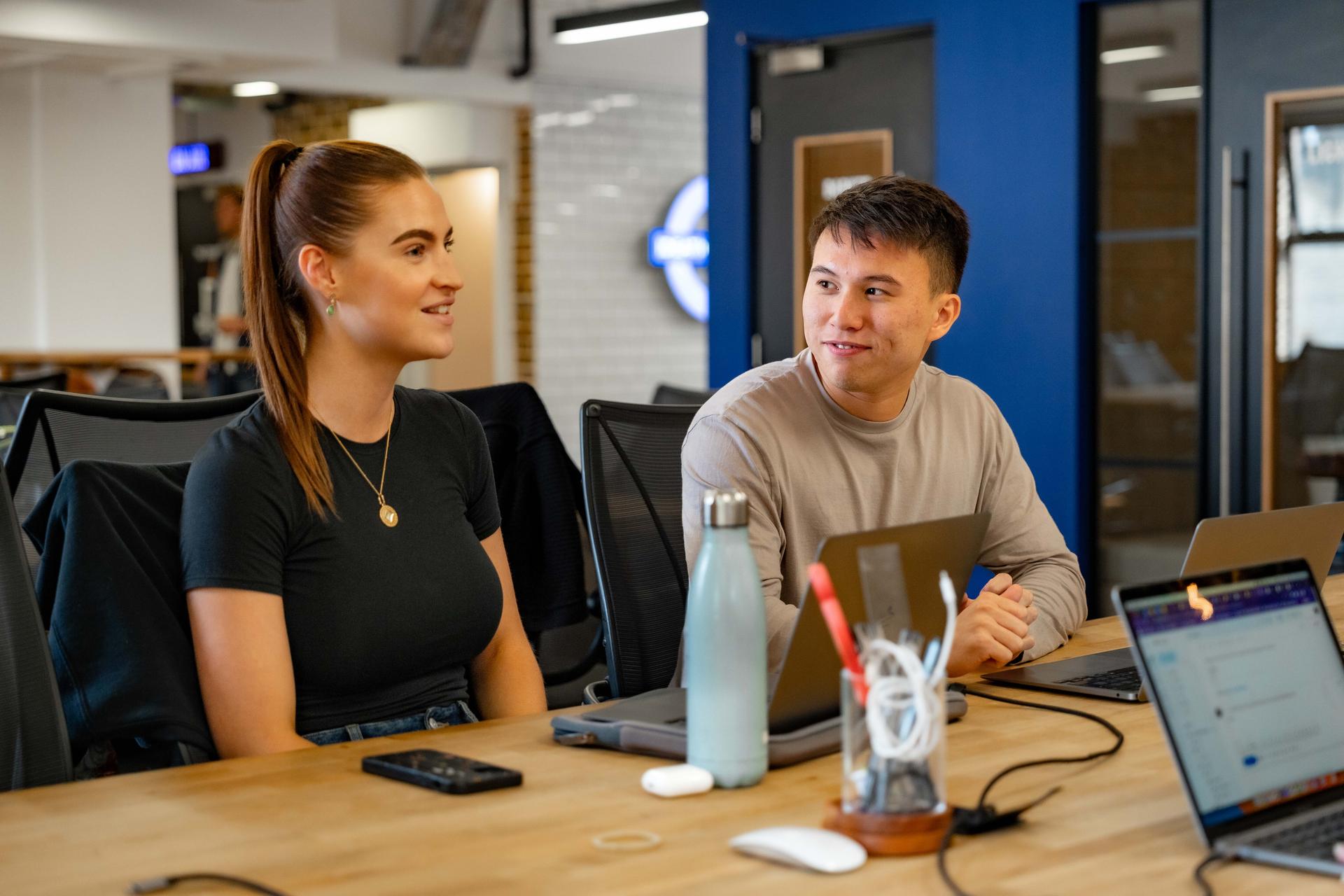As companies double down on Gen Z and early careers, many are missing a critical talent segment hiding in plain sight: the over 50s.
While diversity and inclusion have climbed higher on leadership agendas, age remains the elephant in the boardroom. Too often, it’s seen as a diversity add-on, a PR-friendly tick box, or a retirement planning issue. But for Lyndsey Simpson, founder and CEO of 55/Redefined, that mindset is not just outdated, but dangerously short-sighted.
“Age isn’t a nice-to-have. It’s one of the biggest global megatrends affecting every business, in every industry, right now.”
We sat down with Lyndsey to dig into what businesses are missing, why “being inspired, not retired” isn’t just a catchy line, and how over-50s talent could be the key to unlocking long-term performance, retention and sustainability.
The demographic shift is changing everything
Ageing is no longer something HR teams can “get around to later.” It’s a megatrend already reshaping the workforce. We’ve added 30 years to life expectancy in just one century. Meanwhile, birth rates across Europe and the US are at historic lows. Our workforce has gone from a pyramid, with few older workers at the top, to a square. And soon? It’ll be an inverted triangle, with over-60s as the only growing talent pool.
“In the UK right now, half the population is over 50, in the next ten years, every business will be competing for a shrinking pool of younger workers, while overlooking the fastest-growing group.”
If businesses don’t act now, they could lose up to 50% of their workforce—and a priceless amount of knowledge, leadership, and customer insight.
“This isn’t about representation, it’s about sustainability.”
Why we need to stop sidelining over-50s
Despite the demographic data, most companies still approach age through a diversity tick-box, if at all. It’s rarely prioritised in hiring strategies, rarely represented in employer brand content, and rarely discussed at leadership level.
But the impact of ignoring over-50s is tangible and costly.
“93% of over-50s say their careers are left to wither on the vine. They’re labelled as safe hands, not a flight risk, and overlooked for development, training, and promotions.”
That’s a problem for engagement and retention. But it’s also a waste of potential.
Today’s over-50s are not their parents’ generation. They’re fit, ambitious, tech-savvy, and increasingly entrepreneurial. A 73-year-old today has the same physical and cognitive capacity as a 50-year-old in the year 2000. Many want to switch careers, build businesses, or take on new challenges—not retire quietly.
Employers who understand that will have access to an experienced, resilient, and underutilised talent pool that’s ready to contribute.
Debunking the biggest myths about older talent
One of the most persistent myths? Older workers take more time off.
In reality, over-50s are 200% less likely to take sick leave than under-30s. When it comes to mental health, one in three workers under 25 has taken time off in the last year, compared to fewer than one in ten over-50s.
“There’s this idea that older people are less resilient. But in reality, they’ve just been through more. They’ve built their resilience muscle through life experience and it shows at work.”
This group doesn’t want handouts or special treatment. But they do want opportunity. And for many, the current job market feels like a closed door.
Why age-diverse teams perform better
Aside from productivity, age-diverse teams feel better too. Happier, more engaged, and more collaborative.
That’s partly down to what Lyndsey calls the Happiness Curve. Our satisfaction at work tends to dip in our 30s and 40s, then rise again in our 50s and beyond.
“By the time you hit your fifth decade, you’ve survived career knocks, life changes, and big transitions. So, an average day at work with decent people? You’re grateful for it. That energy is contagious.”
When younger and older colleagues work together, magic happens. There’s less competition. More support. And often, less friction around things like shift patterns, working styles and ambition.
Add to that the data: Gartner found companies with age-diverse teams outperform financially by 288%.
Redefining what it means to be ‘inspired, not retired’
The phrase she built her business on, ‘inspired, not retired’, isn’t just about extending careers. It’s about creating the right conditions for people to thrive at every stage of their working life.
That means:
Rethinking career development so it doesn’t stop at 45
Offering learning opportunities that reflect changing ambitions
Normalising sideways moves or second careers
Making flexibility standard—not a favour granted behind closed doors
At 55/Redefined, this philosophy is built into their SaaS platform, Me/Redefined, a first-of-its-kind mid-life coaching & careers transition platform. “We need to stop seeing retirement as a cliff edge,” Lyndsey says. “The future of work is more flexible, more phased, and more purpose-driven.”
Three common mistakes companies keep making
One-size-fits-all messaging
A generic EVP doesn’t work. What motivates a 23-year-old isn’t the same as what matters to a 57-year-old. Employers need to personalise, not generalise.Lack of visible representation
If your careers site is all young faces and beer fridges, you’re sending a message—whether you mean to or not.No flexibility on the way in
Offering part-time or flexible roles only after someone’s joined won’t attract experienced talent. “Make flexibility visible in your job ads,” Lyndsey urges. “It’s one of the biggest levers you have.”
How to flex your EVP for different generations
You don’t need ten different employee value propositions, but you do need to flex your messaging.
Early talent is focused on progression and pay. Midlife talent is focused on purpose and balance. Lyndsey’s advice? Think like a marketer.
“Great marketing starts with audience personas. So build them. Give them names, goals, and pain points. And tailor your campaigns accordingly.”
It’s not about changing the message—it’s about changing the angle.
The role of data and technology in age inclusion
You can’t improve what you can’t see. But many businesses don’t collect age data, because they mistakenly believe they can’t.
“You can collect it, just like you collect ethnicity, gender or disability. You just can’t use it to make hiring decisions.”
Once you do? You can map age across your business. Spot potential attrition risks. Identify teams with low age diversity. And shape policy that works for everyone, not just early talent.
Me/Redefined, the platform Lyndsey’s team built, helps large employers personalise support and learning at scale across roles, countries, and age groups.
Rethinking performance, productivity and potential
Hiring for potential makes sense when you’re 21. But at 51, most candidates come with proof. Ironically, that can be a barrier, because they’re often boxed in by past job titles.
“If you’ve done marketing for 30 years, people assume that’s all you’ll ever do, but humans aren’t static. We evolve.”
Instead, employers should shift to skills-based hiring. Look at what someone can do, not just what they have done. And level the playing field for both ends of the age spectrum.
That’s the power of storytelling in shifting the age narrative. When employees hear about a peer changing careers at 55 or starting something new at 60, it broadens their own sense of what’s possible.
But for it to resonate, storytelling has to go beyond the polished employer brand video. It needs to be human, relatable, and representative of the full workforce—not just the shiny early-careers cohort.
The best piece of career advice Lyndsey’s ever received?
“If you’re the smartest person in the room, you’re in the wrong room.”
It’s what’s pushed her to hire people smarter than her, take risks, and keep learning even after 25+ years of experience. And it’s exactly the mindset she believes businesses need to apply to ageing at work.
Want to see age inclusion in action?
Explore Me/Redefined – the SaaS platform from 55/Redefined that helps employers support later-life talent at scale. Built by age-inclusion experts, it reveals what your midlife employees are thinking, feeling and planning. Unique age intelligence allows you to predict, influence and leverage the skills of your midlife workforce.
By empowering over-50s to shape their next chapter with confidence and clarity, Me/Redefined boosts employee engagement and productivity, while adding years to careers and reducing attrition and risk. Watch the video intro here.




